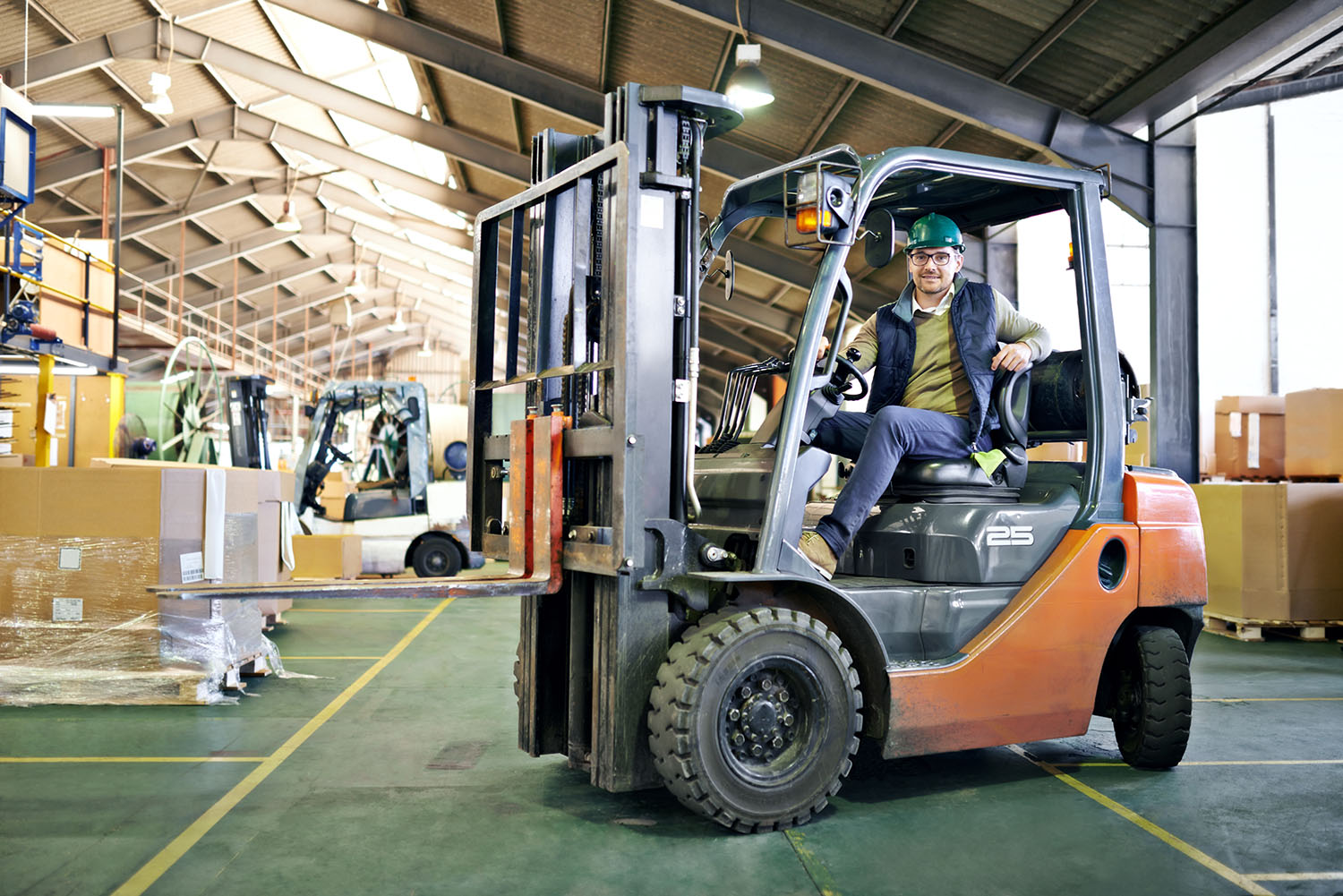
Electric and Gas Forklifts Both Have Their Own Pros and Cons
The standard equipment in many warehouses across the world has been internal combustion engine (ICE) forklifts. However, just like in the world of cars, electric forklifts continue to pick up more and more popularity as the years go by. Electric forklifts present many benefits that gas or ICE forklifts do not, but they also come with their own downsides.
As many employers look to increase the productivity of their warehouse, they often turn to the different types of forklifts to see which will improve their business. The question remains “What’s best for my warehouse: electric vs gas forklifts?” Hopefully, we can shed some light on the topic.
ELECTRIC FORKLIFTS
Technology has continued to improve to help warehouse workers. Electric forklifts are considered to be the most eco-friendly forklift available. Unlike gas forklifts, they do not emit harmful emissions, and they are fume free. Because these forklifts are completely powered by electricity, they help reduce up to 50% of the costs it normally takes to operate a gas forklift, according to Warehouse IQ. This is due in large part because electric forklifts require far less maintenance than their gas-powered counterparts. They have fewer moving parts that need replacement. In fact, because of the lack of moving parts, electric forklifts are also much quieter.
Electric forklifts are also much easier to maneuver. The battery weight acts as the perfect counterbalance to the weight of the machine. Along with this, they are much easier to drive. They only have a brake and gas pedal while gas forklifts include these as well as a clutch pedal and more.
Disadvantages:
While electric forklifts do have much cheaper forklift maintenance costs than gas forklifts, they have a considerably higher upfront cost due to the battery and charger. Following these items, electric forklifts must be charged for at least eight hours to make it through the workday. If not, this can hurt productivity. Another downside is that the forklift cannot be used while it is charging. A designated charging station must also be provided, limiting warehouse storage space.
Typically, electric forklifts are not suited for use outdoors as humidity and rain can cause issues with their electrical components. If an issue does arise with the forklift, repairs and maintenance on these machines is not easy and requires an expert.
GAS FORKLIFTS
One of the greatest benefits of gas forklifts is their initial upfront cost. The purchase of a gas forklift saves up to 15% in cost. Another benefit is that your work is not handicapped by needing to charge your equipment. Electric forklifts cannot be used while charging, so you are forced to wait until it is ready. However, gas forklifts can be refueled on the spot and are ready to operate right away. Their travel speeds, acceleration, and overall lift efficiency are typically more powerful as well. Gas forklifts also work excellent outdoors and do not require the presence of a smooth floor.
Disadvantages:
While you do initially save money on the upfront cost of a gas forklift, you typically spend much more over the long term. There are a lot of moving parts involved in these forklifts that need replacement over time. Gas forklifts do work great outdoors, but unfortunately, they cannot be used inside. They give off harmful fumes and emissions that can be dangerous for some products as well as the health of your workers. They are also much noisier than electric forklifts, which can break the concentration of workers. Because of their size, it can be hard for operators to maneuver the machine as well.
Choosing between an electric forklift and a gas one depends on a number of reasons. The work you need to do, the location of your business, products you lift, and more all play a factor. Both types of forklifts have their pros and cons and can be helpful given the circumstance. If you are in need of a forklift and aren’t sure what to get, contact Ace Equipment.


